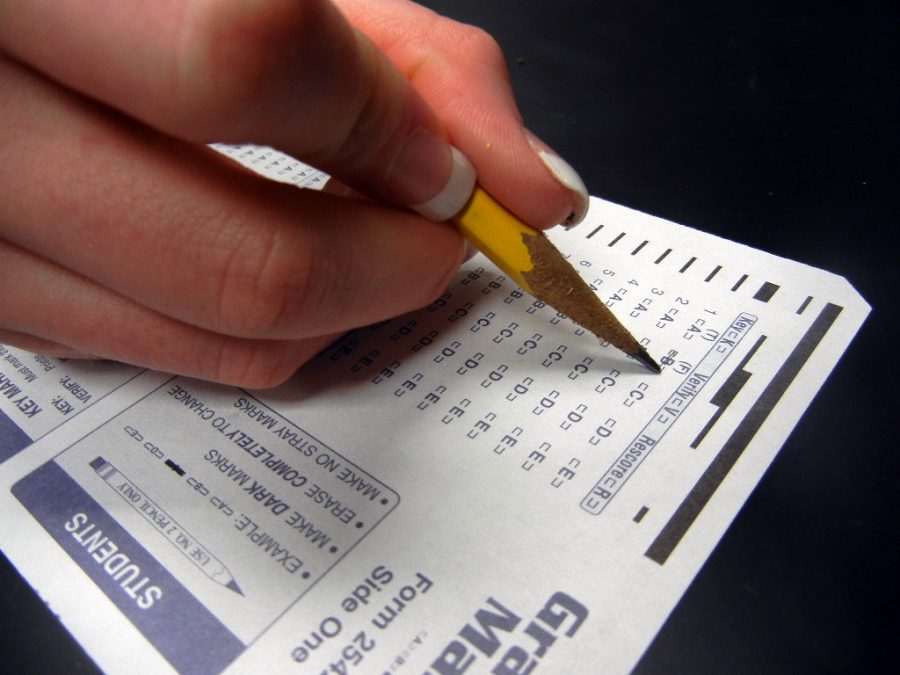Absurdity or Opportunity?
Photo Credit: biologycorner
February 15, 2021
Nowadays, nearly one thousand colleges are test-optional or test-blind for the 2021-2022 admissions cycle and are considering enforcing the moratorium permanently. Beyond the exam’s safety precautions, however, many appreciate not being limited by the big, bold number they receive after taking the SAT or ACT. This, however, doesn’t reflect the original purpose of the SAT and ACT: to establish a base, a common ground with which college admission committees can compare applicants more effectively.
With a GPA that didn’t reflect my true academic caliber, I turned to standardized testing. In retrospect, having wrangled numerous times with these four-hour monstrosities, I can empathize with the widespread conception that standardized testing is simply a reflection of one’s ability to take the specified test, but I still believe that it is correlated with academic capability. Truth be told, one of the main reasons that I managed to increase my ACT score from a 30 to a 36 within the span of a few months de- spite the incessant amount of work at school and tennis was because of this determined mindset.
Tennis players, and all sportsmen alike, understand the importance of accuracy. When the school’s Varsity tennis team practices serves at cone targets across the net, the intent is to improve your ability to control the ball, gradually building upon your confidence and skill as an athlete with each target hit; bounce the ball a few times to relax, swiftly raise your non-dominant arm, and pounce on the hovering ball at its apex. I often found myself attacking math problems and delving deeper into grammatical, structural, and creative questions, counting each correct answer I bubbled—just as we did with each cone knocked down—to track my progress. A practice test wasn’t a tedious waste of time as much as it became the satisfying forearm pronation of an outstretched arm mid-serve, enhancing my mind’s muscle memory before the next test, like training for a tennis match.
Thus, began my approach to every aspect of the tests as an athlete rather than a student; to perfect a crisp forehand in tennis, it requires hours of work day-in and day-out—what Malcom Gladwell deemed “the ten-thousand hour rule”. This is ultimately what I attribute to attaining the score that I sought: one section each day, seven days a week, for eight weeks straight. I timed every practice test, assignment, and essay, maximizing my productivity. While I still had the occasional bout of downtime, it was never at the expense of practice.
When coronavirus struck, it had seemingly obliterated any hope of testing in the vicinity and many of my peers had resorted to submitting their applications having clicked the “test-optional” bubble on the Common app. Yet, the tennis player within me viewed testing locations from an athlete’s perspective: why not travel, as I would for sectionals or nationals, to take the test in a relatively stable town? So a three-hour drive to Texarkana High School, a hotel stay in the area, and some months later, I entered Senior year with a score I was much happier with.
Most, if not all, of those reading this article, will (or have) at some point struggle through the complex college application process, and it’s my belief that such tests give those like me a second chance at showcasing their academic ability. Whether the future involves standardized testing at all, however, is beside the point, and it’s that characteristic, Cistercian discipline and sincere approach to learning that promotes growth as a test-taker, student, athlete, brother, and potential future husband.



